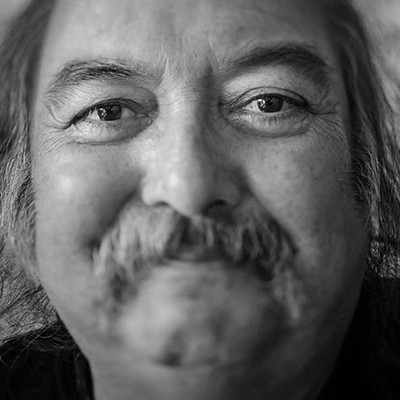Even though HRM has been one big, amalgamated SuperCity for going on 10 years now, transportation is still a bit of a fractured affair. You’ve got HRM Council responsible for transit services, bikeways and most of the urban and suburban roads in the region. Then you’ve got the provincial department of transportation responsible for roads in the more rural areas of the municipality and the 100-series highways. There’s also the Halifax-Dartmouth Bridge Commission, owned by the province and responsible for collecting tolls on, paying off debts of and perpetually rust-proofing the two harbour bridges. Throw in a few federally owned and/or regulated entities (the Halifax Port Authority, CN, Via Rail, the Halifax Airport) and you’ve got a complete collage of how to get in, around and out of the SuperCity.
In the interests of integrating some of the split jurisdictions in our transportation system, the province and HRM started discussions about two years ago about forming a Capital District Transportation Authority to take over control of all roads in the region (with the exception of 100- series highways) and the harbour bridges. John Hamm declared the CDTA a goal in his 2003 throne speech, and mayor Peter Kelly has mentioned it often over the years, usually right after requesting yet again that municipalities get a share of federal and provincial gas taxes to spend on transportation infrastructure. This year, however, without fanfare or a shred of public discussion as to why, the CDTA idea has been scrapped. The province and the city, it seems, just couldn’t agree on the details.
“There was a lot of issues raised in Province House and that’s where things got held up,” says Kelly. “It wasn’t progressing through the legislature,” says Department of Transportation spokesperson Linda Laffin. In fact, it’s debatable if the provincial legislature is where the CDTA idea got held up, because it’s debatable if the idea was ever seriously proposed. Transportation minister Ronald Russell did introduce Bill 64, the Capital Region Transportation Authority Act, in April 2004. It was a short, two-page act to establish a corporate body to be known as the CDTA, with absolutely no detail as to what it would do, how much power it would have and how it would be run. All those details would be subject to regulations written later by the government, or so the act proposed. It was essentially a legislative blank cheque and had no hope in hell of ever being passed, especially by a minority government.
The real hold up with the CDTA was not in the public squabbles of the province’s political representatives, it was in the behind-the-scenes negotiations between SuperCity administrators and provincial government officials. “It got stalled with who was going to control the assets, what is the value of the assets,” says Kelly.
The questions boil down to money and control. If the CDTA was to take over the bridges, how much are they worth? If they took over provincial roads, how much would that cost, and where would the CDTA get the money to maintain them? Who exactly would own or control the CDTA, the province or the municipality, or a combination of both? City and provincial officials couldn’t find a way to agree on the answers to these questions, despite the fact that both acknowledged the advantages a CDTA would bring to the region’s transportation network. And so the idea has died, without ever really making it into the daylight of public discussion. “It’s unfortunate,” says Kelly, “because we would have had one of the most integrated transportation systems in the country.”
On the road? Email: [email protected].












